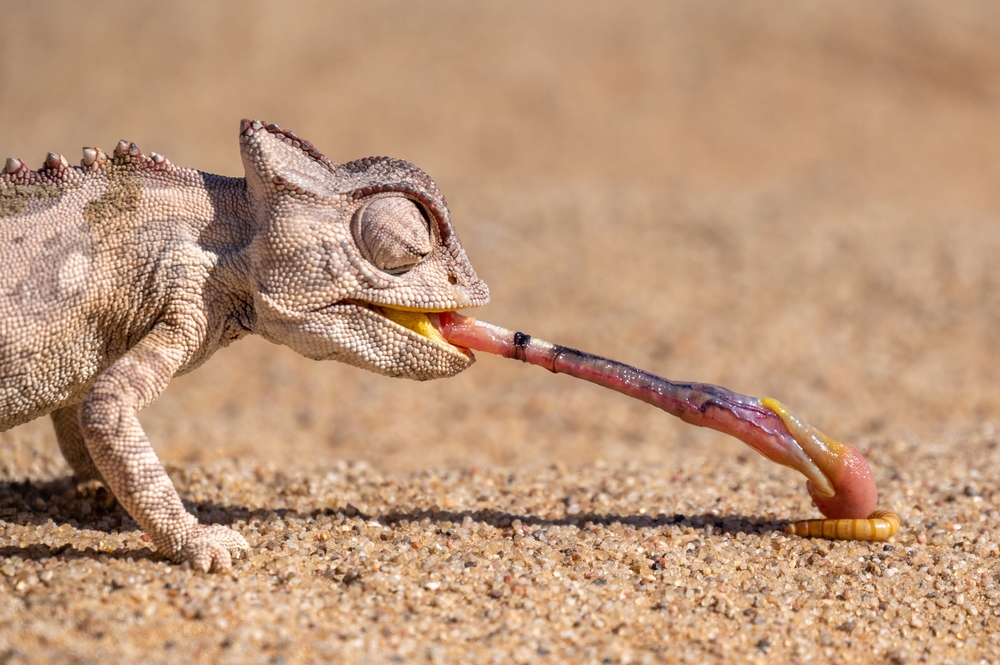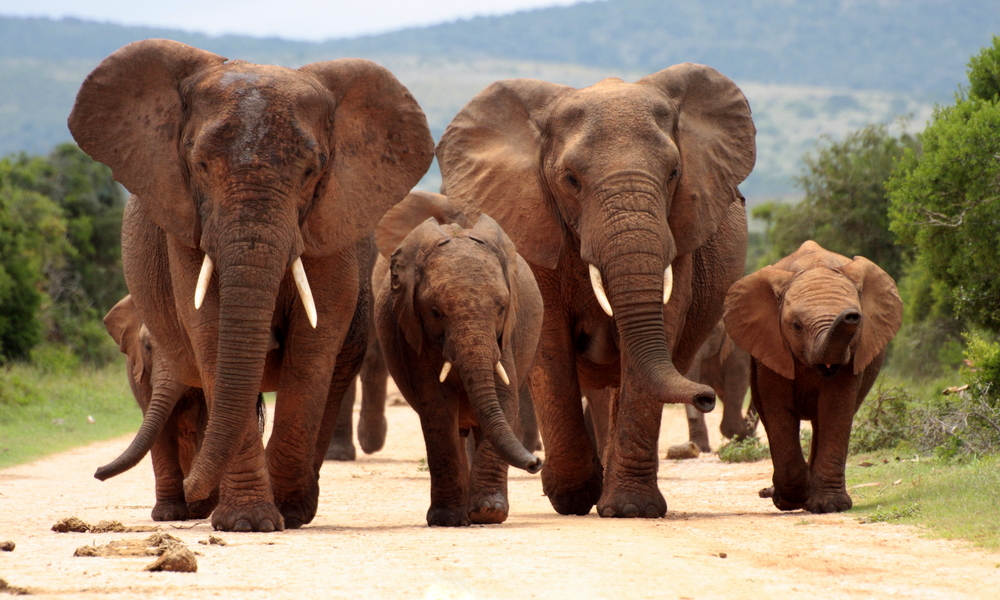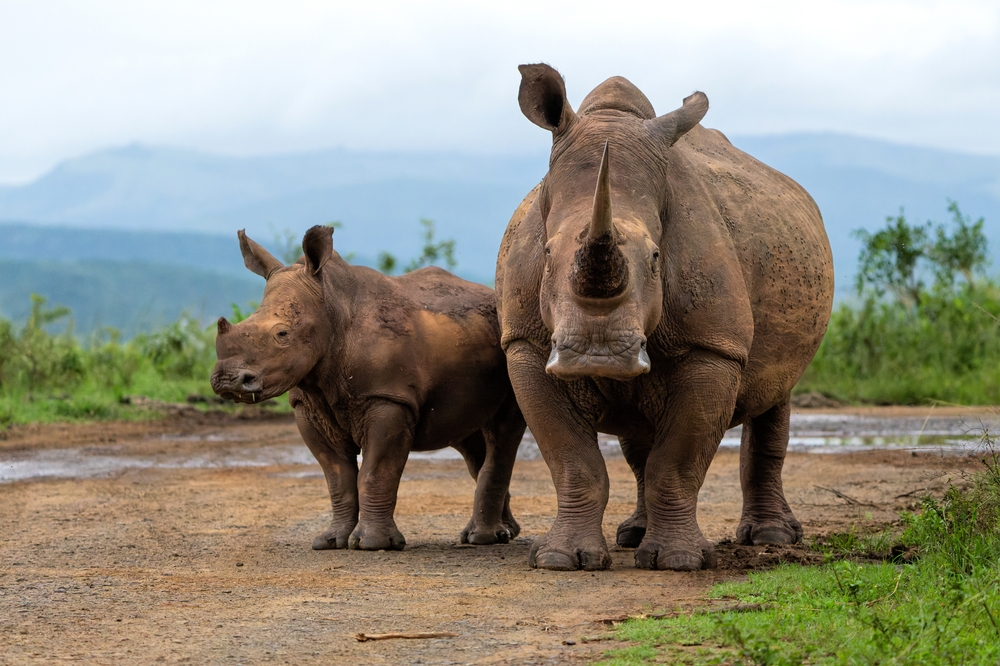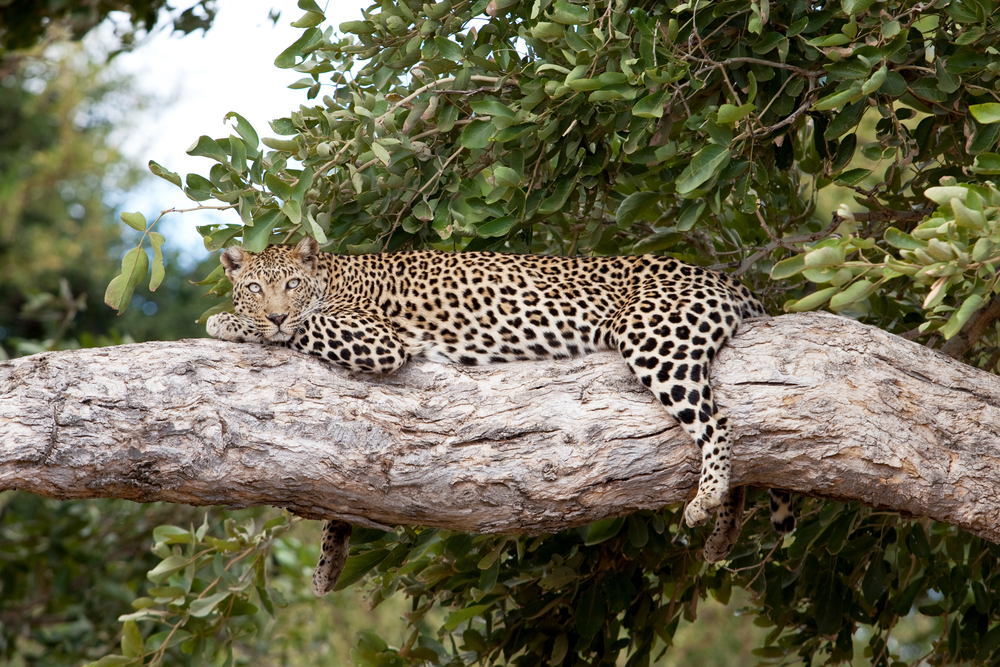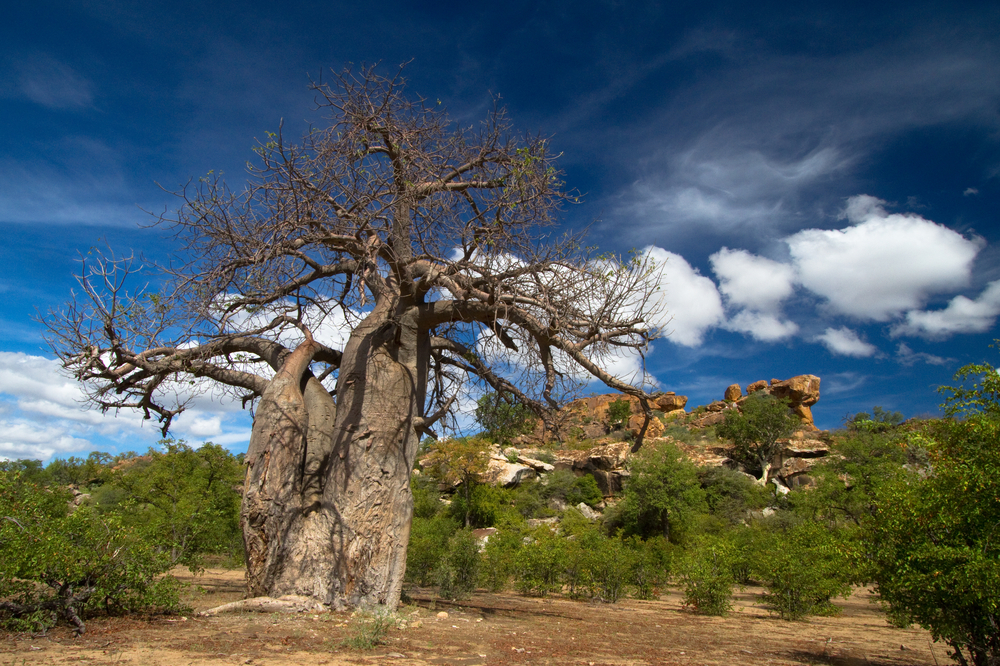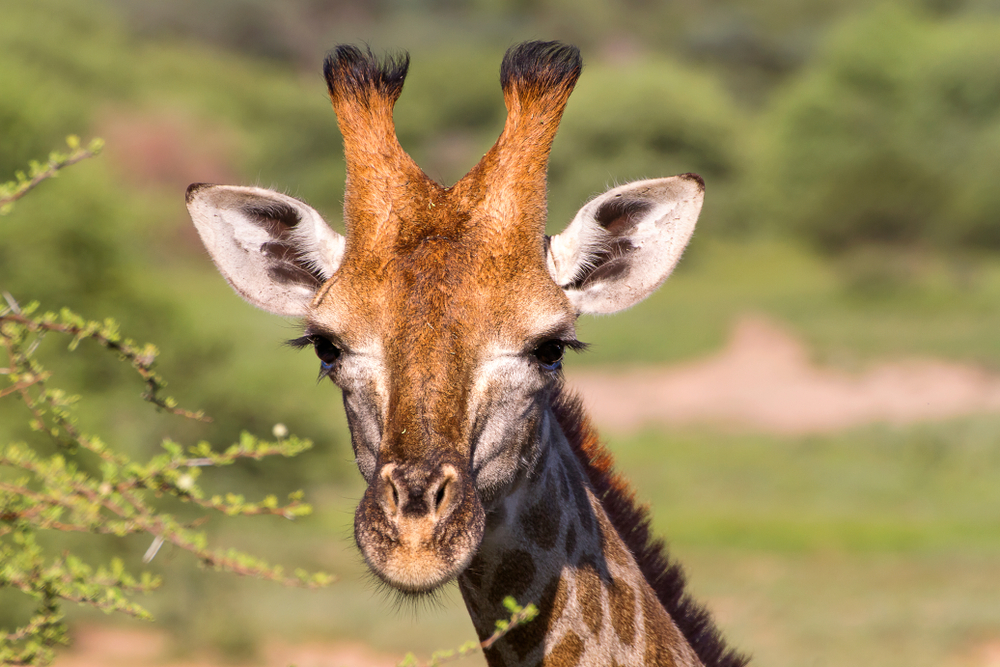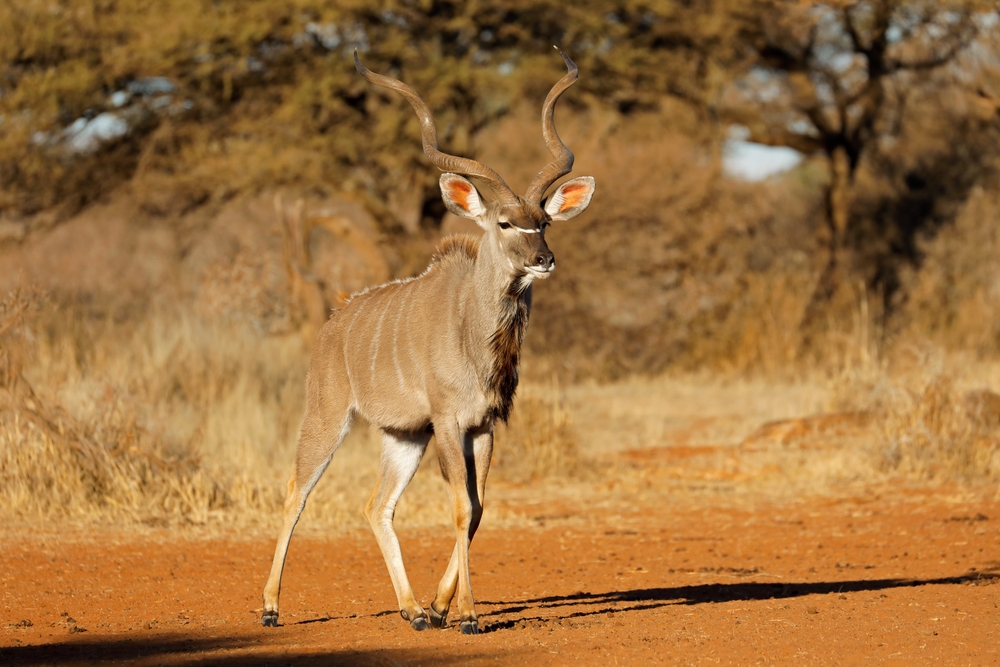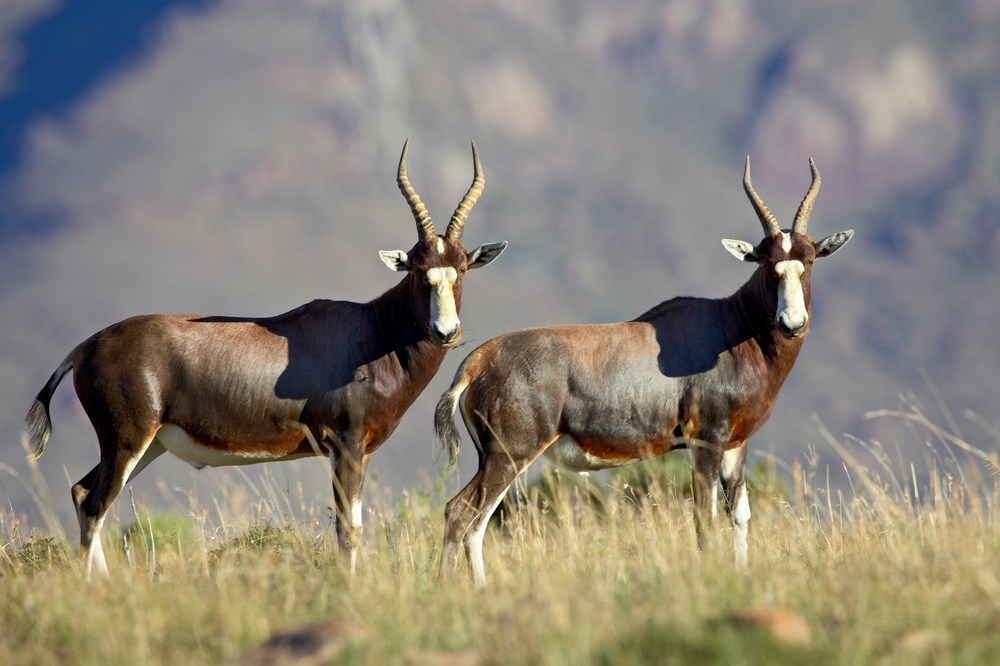Namaqua Overview
Namaqua National Park, locally known as “Namaqua Nasionale Park”, is a remarkable conservation area in South Africa’s Northern Cape Province. Situated near the town of Kamieskroon, the park spans approximately 700 square kilometers (270 square miles) and is part of the Succulent Karoo biome, a biodiversity hotspot known for its unparalleled variety of succulents and endemic plant species. Established in 1999, Namaqua National Park is world-renowned for its spring wildflower displays, which transform the arid landscape into a vibrant tapestry of colors.
The park’s terrain is diverse, ranging from arid plains and rolling granite hills to rugged cliffs and coastal dunes along the Atlantic Ocean. Seasonal rivers, such as the Groen River, carve through the landscape, supporting pockets of vegetation in an otherwise dry environment. The park’s location within the Succulent Karoo ensures an extraordinary range of plant life, including aloes, quiver trees, and countless species of succulents that are uniquely adapted to the harsh conditions.
Wildlife in Namaqua National Park is equally adapted to the arid environment. Antelope such as gemsbok and springbok are commonly seen, alongside smaller mammals like rock hyraxes, bat-eared foxes, and porcupines. Birdlife is abundant, with species such as black harriers, Ludwig’s bustards, and Cape sparrow-larks gracing the skies. Reptiles, including geckos and tortoises, are also well-represented. During the spring bloom, insects and pollinators such as bees and butterflies add to the vibrant ecosystem.
Visitors to Namaqua National Park can experience its beauty through various activities. The park is most famous for its wildflower season, which typically occurs between August and September. During this time, hiking and driving routes are particularly rewarding, offering breathtaking views of the blooming fields. The Caracal Eco-Route, a 4×4 trail, allows adventurous visitors to explore the park’s rugged terrain. Coastal sections of the park provide opportunities for beach walks and picnics, while birdwatching and stargazing are popular year-round activities. Camping facilities, including the Skilpad Rest Camp and seasonal flower campsites, offer visitors a chance to immerse themselves in the serene environment.
Namaqua National Park faces challenges such as climate change, which affects the timing and extent of the wildflower blooms, and habitat degradation from invasive plant species. Conservation efforts by South African National Parks (SANParks) focus on habitat restoration, alien plant removal, and the protection of endemic species. Public education programs and sustainable tourism initiatives aim to ensure that the park remains a treasured natural asset for generations to come.
Namaqua National Park is a testament to the resilience and beauty of the Succulent Karoo. Its stunning landscapes, seasonal wildflower displays, and diverse wildlife make it a must-visit destination for nature enthusiasts and photographers. By protecting Namaqua, South Africa preserves a vital piece of its natural heritage and contributes to global efforts to conserve unique and endangered ecosystems.








































































